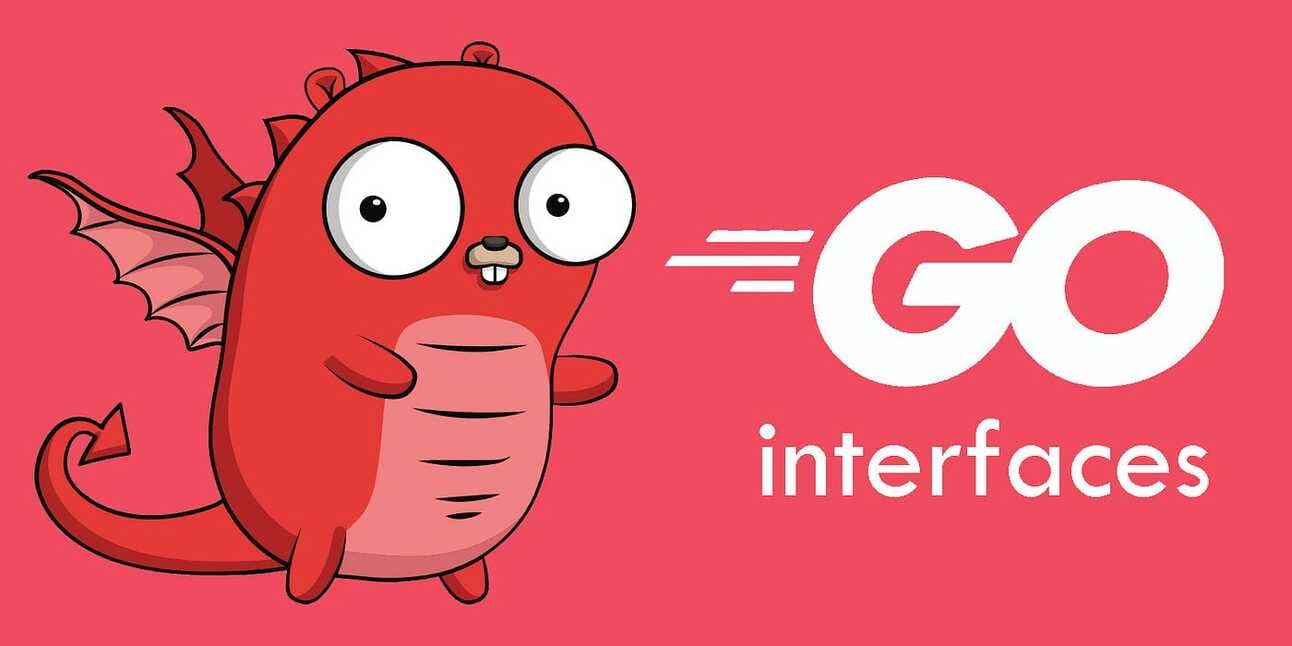- The Dev Loop
- Posts
- The Golang Chronicle #15 – Mastering Interfaces and Interface Composition in Go
The Golang Chronicle #15 – Mastering Interfaces and Interface Composition in Go
Unlocking Go’s Potential Through Interfaces and Composition

📢 Introduction: Interfaces as the Backbone of Go
In Go, interfaces are one of the most powerful and defining features of the language. They enable abstraction, decoupling, and polymorphism in a clean and simple way. Whether you're working on a small project or a large-scale system, understanding how to use interfaces effectively can significantly improve the quality and maintainability of your code.
In this edition of The Golang Chronicle, we’ll dive deep into the world of interfaces, explore interface composition, and share practical examples and best practices.
🛠️ 1. Understanding Interfaces in Go
An interface in Go defines a set of methods that a type must implement. Unlike other languages, Go interfaces are implicit—there’s no need to declare that a type implements an interface.
Basic Interface Example:
package main
import "fmt"
type Shape interface {
Area() float64
}
type Circle struct {
Radius float64
}
func (c Circle) Area() float64 {
return 3.14 * c.Radius * c.Radius
}
func printArea(s Shape) {
fmt.Printf("Area: %.2f\n", s.Area())
}
func main() {
c := Circle{Radius: 5}
printArea(c)
}
Key Takeaways:
Interfaces allow functions to work with any type that implements the required methods.
This promotes flexibility and reusability.
🔗 2. Interface Composition: Building Blocks of Modularity
Go allows interfaces to be composed of other interfaces. This creates more modular and reusable designs.
Composing Interfaces:
package main
import "fmt"
type Reader interface {
Read(p []byte) (n int, err error)
}
type Writer interface {
Write(p []byte) (n int, err error)
}
type ReadWriter interface {
Reader
Writer
}
type File struct {}
func (f File) Read(p []byte) (n int, err error) {
return 0, nil
}
func (f File) Write(p []byte) (n int, err error) {
return len(p), nil
}
func main() {
var rw ReadWriter = File{}
fmt.Println(rw)
}
Benefits of Interface Composition:
Encourages the single responsibility principle.
Makes it easier to extend functionality without modifying existing code.
🚀 3. Empty Interfaces: The Go-To for Generic Types
The empty interface, interface{}, can hold any type. This makes it useful for generic programming, though it should be used with caution.
Example:
package main
import "fmt"
func printAny(value interface{}) {
fmt.Printf("Value: %v\n", value)
}
func main() {
printAny(42)
printAny("Hello, Go!")
printAny([]int{1, 2, 3})
}
Key Considerations:
While flexible, overusing
interface{}can lead to less type safety and clarity.Type assertions are required to work with the underlying value.
💡 4. Best Practices for Using Interfaces in Go
Favor Small Interfaces:
Design interfaces with a minimal set of methods.
Example:
io.Readerandio.Writerare excellent examples of small, focused interfaces.
Use Interfaces When Needed:
Avoid creating interfaces just for the sake of it. Start with concrete types and introduce interfaces when abstraction is required.
Leverage Interface Composition:
Combine small interfaces to create more complex and reusable abstractions.
Document Interface Expectations:
Clearly specify what behaviors are expected from implementations.
Avoid Empty Interfaces for Core Logic:
Reserve
interface{}for cases where type flexibility is unavoidable, such as working with JSON or maps.
🌟 Conclusion: Interfaces Unlock Go’s True Potential
Interfaces are at the heart of Go’s design philosophy. By mastering interfaces and their composition, you can write more flexible, maintainable, and scalable Go programs. Whether you’re building APIs, libraries, or complex systems, understanding interfaces is key to unlocking Go’s full potential.
💻 Join the GoLang Community!
Stay tuned for more insights in the next edition of The Golang Chronicle! Have questions or topic ideas? We’d love to hear from you.
Go Community: The Dev Loop Community
Cheers,
The Dev Loop Team